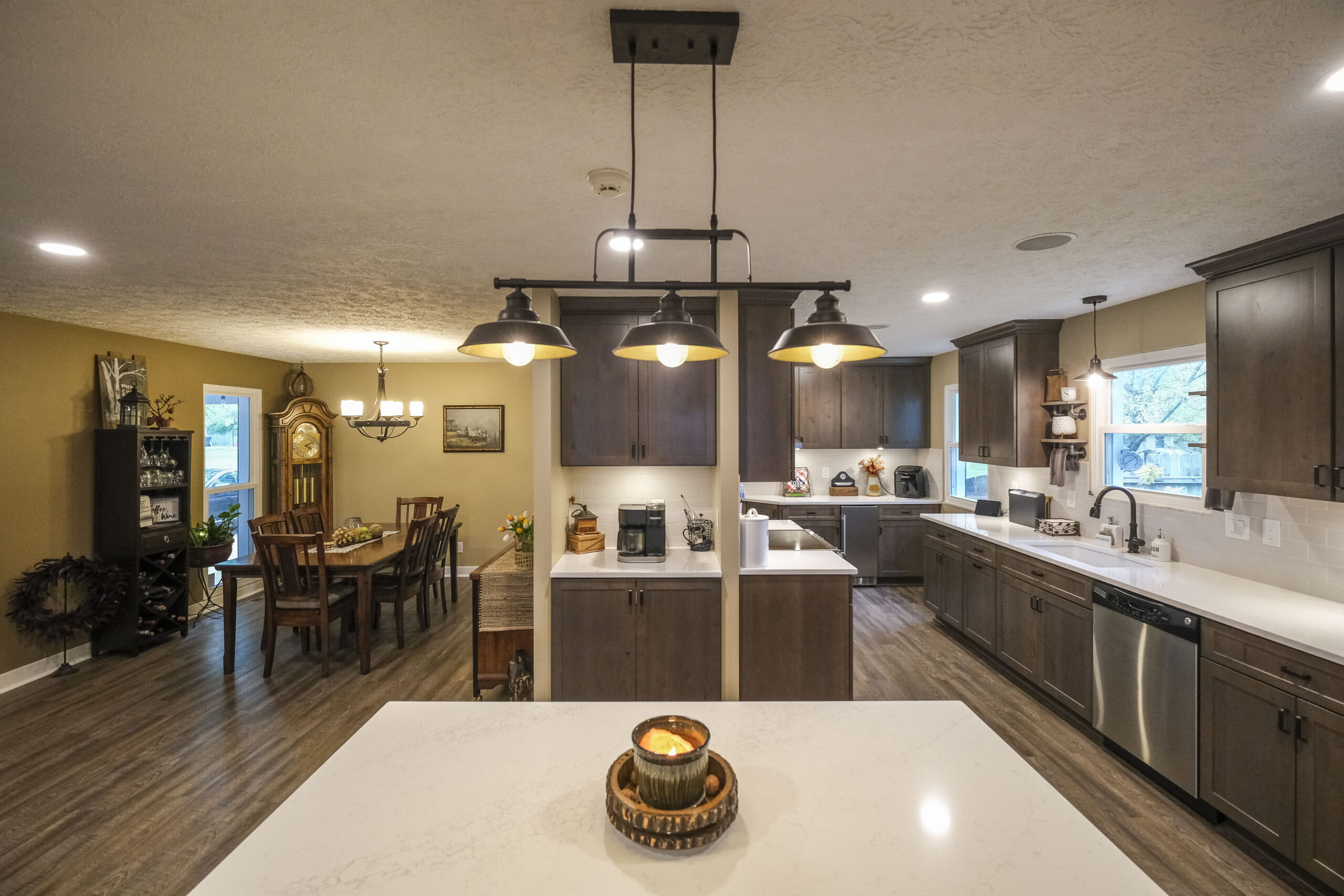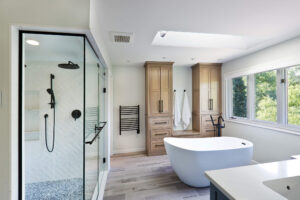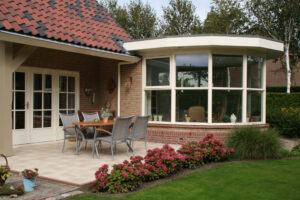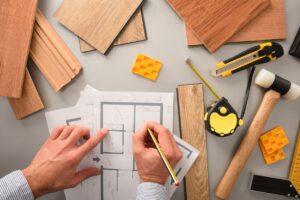Undertaking a major home renovation is one of the most significant investments a homeowner can make. Beyond the financial commitment, it’s an investment of time, energy, and trust. The success of this investment often hinges on the management structure of the project itself. For decades, the conventional method in construction has been to separate design from building. However, a more integrated, efficient, and client-focused model has emerged as the premier choice for discerning homeowners: design-build.
As a leading design-build firm serving the Indianapolis area, Gettum Remodeling has seen firsthand how this collaborative approach transforms the client experience. It moves beyond simply constructing a space to holistically crafting a home, ensuring a seamless journey from the first idea to the final, beautiful result. This comprehensive guide will explore the anatomy of the design-build model, contrast it with the traditional method, and illustrate why it provides unparalleled value and peace of mind.
The Traditional Remodeling Path: A Fragmented Approach
To fully appreciate the design-build advantage, it’s important to understand the model it improves upon: the traditional design-bid-build process. This method involves a sequence of separate, linear steps:
- Hiring an Architect/Designer: The homeowner first commissions an architect or designer to create a full set of architectural plans and specifications for the remodel.
- The Bidding Process: These completed plans are then put out to bid with several independent general contractors. The homeowner collects these bids and typically selects a contractor based on a combination of price, timeline, and reputation.
- Construction: The selected contractor takes the plans and begins the building phase.
While seemingly logical, this separation often creates inherent friction and risks. The designer and the builder operate as separate entities, which can lead to significant challenges. Communication gaps can cause misunderstandings about the design intent. If an unforeseen issue arises during construction, it can trigger a cycle of blame, with the builder pointing to flaws in the plans and the designer pointing to errors in execution—leaving the homeowner caught in the middle.
Furthermore, because the builder isn’t involved during the design phase, the plans can be developed without a firm grasp of real-world construction costs. This often leads to a “sticker shock” moment when bids come back much higher than anticipated, forcing the homeowner into a frustrating and time-consuming process of redesigning to cut costs.
The Design-Build Model: An Integrated Solution
The design-build model streamlines this entire sequence by bringing all key players—the designers, project managers, and construction craftsmen—together onto one cohesive team, under a single contract. From the very beginning, design and construction are not separate stages but parallel, interwoven processes. This fundamental shift in structure is what creates its profound advantages.
Advantage 1: A Single Point of Accountability
This is the cornerstone of the design-build philosophy. When one team is responsible for the entire project, from initial concept to final nail, there is no ambiguity. There is no “us versus them.” The entire team shares a unified vision and is collectively responsible for the project’s quality, budget, and schedule.
This unified accountability means that if a challenge arises—as they often do in remodeling—it is met with a collaborative, solutions-oriented approach. Our team works together to resolve the issue efficiently, protecting the project’s integrity and the client’s investment.
Advantage 2: Superior Collaboration and Communication
Imagine a process where your builder is providing cost analysis and constructability feedback to your designer as they draw the plans. That is the reality of design-build. This early and continuous collaboration ensures that creativity is grounded in practicality.
This synergy helps prevent the common and costly errors that can derail a project. For example, many of the most frustrating kitchen remodel mistakes stem directly from a lack of communication between a separate designer and builder, leading to impractical layouts or overlooked structural needs. In a design-build setting, these issues are identified and solved on paper, long before they have a chance to become expensive problems on-site.
Advantage 3: Unmatched Budget and Timeline Control
In the traditional model, the true cost of a project isn’t known until the bidding process is complete. In design-build, cost is part of the conversation from the very beginning. This “value engineering” process means we can design to a budget, not just budget a design. As ideas are developed, we provide real-time cost feedback, allowing you to make informed decisions that align your aesthetic vision with your financial goals.
This integration also results in a more efficient timeline. The hand-off between separate design and construction firms is eliminated, as are the potential delays caused by redesigns after a high bid. The project flows smoothly from one phase to the next because it is managed by a single, coordinated team.
Advantage 4: Higher Quality and a Truly Custom Result
When the people who will build your project are involved in its design, the result is a higher level of craftsmanship and attention to detail. The design intent is never “lost in translation” because the team shares a deep, collective understanding of the project’s goals. The designers remain involved during construction to ensure details are executed perfectly, and the build team offers their practical expertise to enhance the design. This continuous feedback loop ensures that the final product is not only built to the highest standards but is also a true reflection of the client’s original vision.
The Gettum Remodeling Design-Build Process in Action
To make this tangible, consider our approach to a major renovation. The journey starts with understanding your needs, not with a drafting table.
Our process is structured to be transparent and client-focused at every stage. We believe in empowering our clients with knowledge, whether it’s understanding the nuances of a specific project or the broader steps involved. For a complex undertaking like a kitchen renovation, for instance, a successful outcome depends on mastering countless details. Our guide to kitchen remodeling in Indianapolis is an example of the detailed, preparatory resources we provide to ensure clients feel confident and informed long before construction begins. This educational approach is central to our partnership. From there, our integrated team works through design development, material selection, and construction, with you as our collaborative partner every step of the way.
Is Design-Build the Right Choice for Your Home?
The design-build model is ideally suited for homeowners who value expertise, efficiency, and a truly collaborative partnership. If you desire a seamless and transparent process, with a single trusted team to guide you from vision to reality, then the design-build advantage is precisely what you need. It is the modern, intelligent way to ensure your investment in your home is protected and the final result exceeds your expectations.
At Gettum Remodeling, this client-centric, integrated approach is the foundation of everything we do. We invite you to connect with our team to learn more about how we can apply the design-build advantage to your upcoming Indianapolis home remodel.





